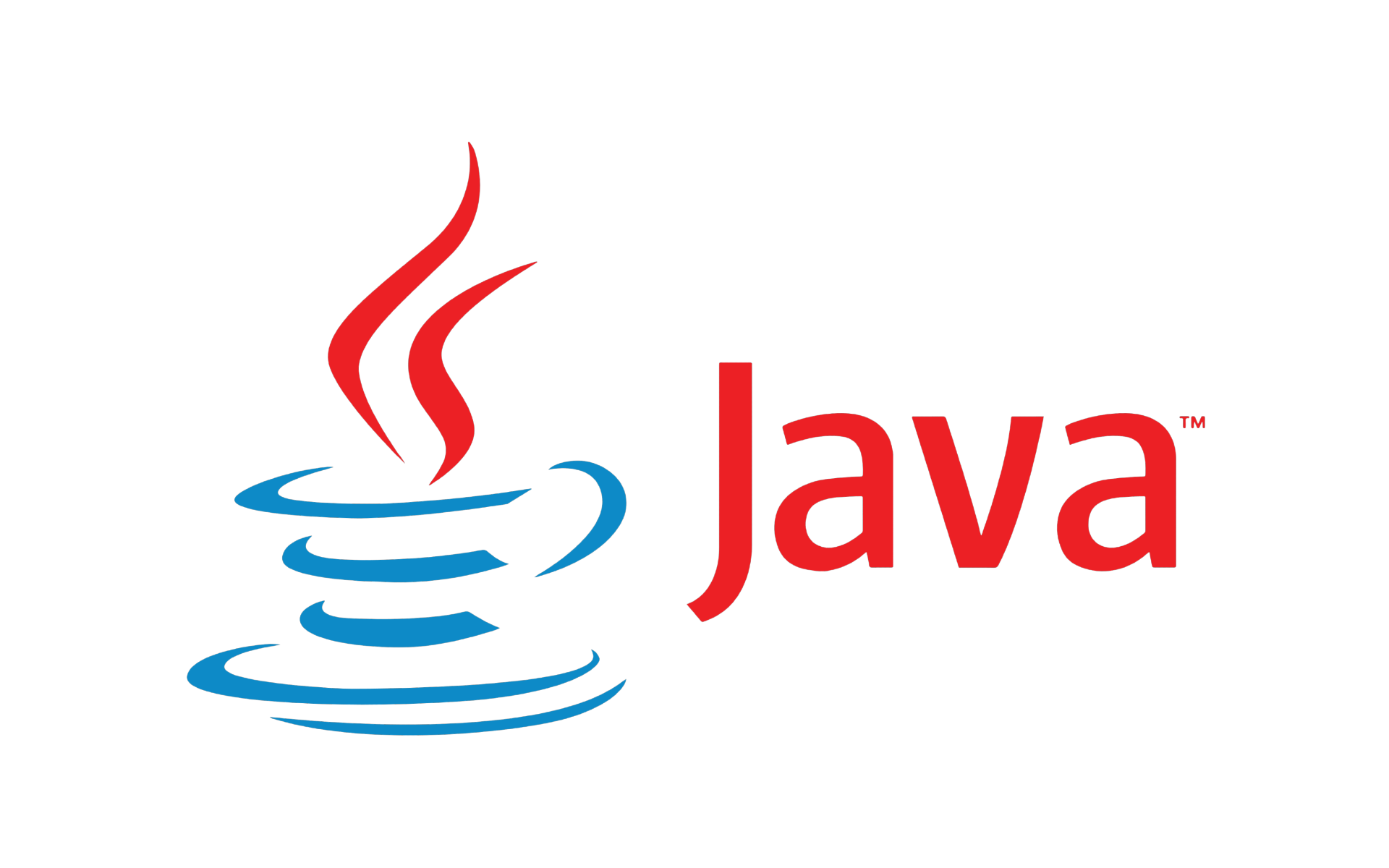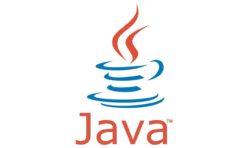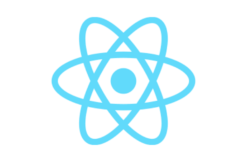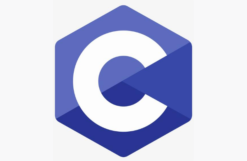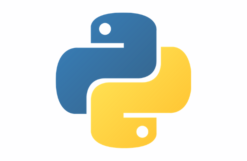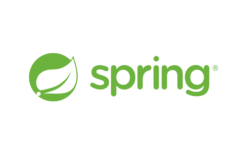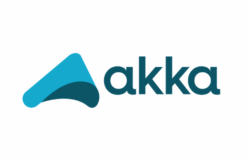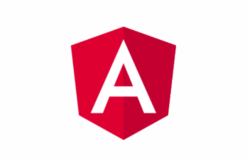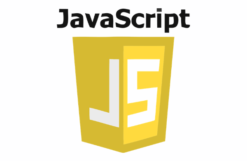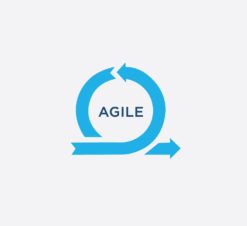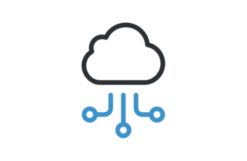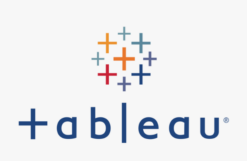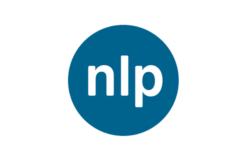Course Overview:
This course offers a full overview and uses cases of JEE along with various Open source projects that can be used in your organization for increasing your productivity. On completion, participants will have a foundation for creating enterprise-ready applications.
Course Objectives:
- How to use Java EE to develop enterprise apps
- Understanding of different layers of JEE
- Using javaEE with spring framework
- Basic understanding of Object-oriented programming
- Understanding of Various Features like Transaction Support,Clustirng support,SSP. Execution statistics,JMS,Security features
- Various server used in JEE
- Apache Tomcat and spring hibernate
- Basic Understanding of Glassfish,IBM websphere and primefaces and how we can use them in our existing pipeline.
- Various use cases of different enterprises using javafx
Pre-requisites:
- Basic understanding of Technologies
Target Audience:
- Business managers, decision makers and delegates who would like to know how they can use JavaEE in their organization.
Course Duration:
- 14 hours – 2 days
Course Content:
MODULE 1: INTRODUCTION TO JEE
- Java vs Java EE
- Advantage of using JEE
- use cases of Java EE
- Scaling up and moving your enterprise
MODULE 2: Layers TO JEE
- Architecture
- MVC Architecture
- Modified MVC Architecture – Front Controller
- Need For Multiple Layers
- Layers, Frameworks and Specifications
- What is a Distributed System?
- What is Coupling?
- What is Cohesion?
- What are Cross Cutting Concerns?
- Web Layer of JEE
MODULE 3: Understanding of different layers of JavaEE
- Business
- Data layer
- Integration layer
MODULE 4: Using various portion of JavaEE in your project
- Apache tomcat server
- Glassfish
- Redhat(jboss)
- Spring hibernate
- IBM Websphere
- PrimeFaces for Java server Faces
MODULE 5: Whats new with Java EE 8
- Java Servlet 4.0 API with HTTP/2 support
- Enhanced JSON support including a new JSON binding API
- A new REST Reactive Client API
- Asynchronous CDI Events
- A new portable Security API
- Server-Sent Events support (Client & Server-side)
- Support for Java SE 8 new capabilities (e.g. Date & Time API, Streams API, annotations enhancements)
- MVC Architecture
MODULE 6: Planning a JavaEE setup in your organization
- Live example of java website and scaling using cloud services.
- Summary and Closing Remarks


